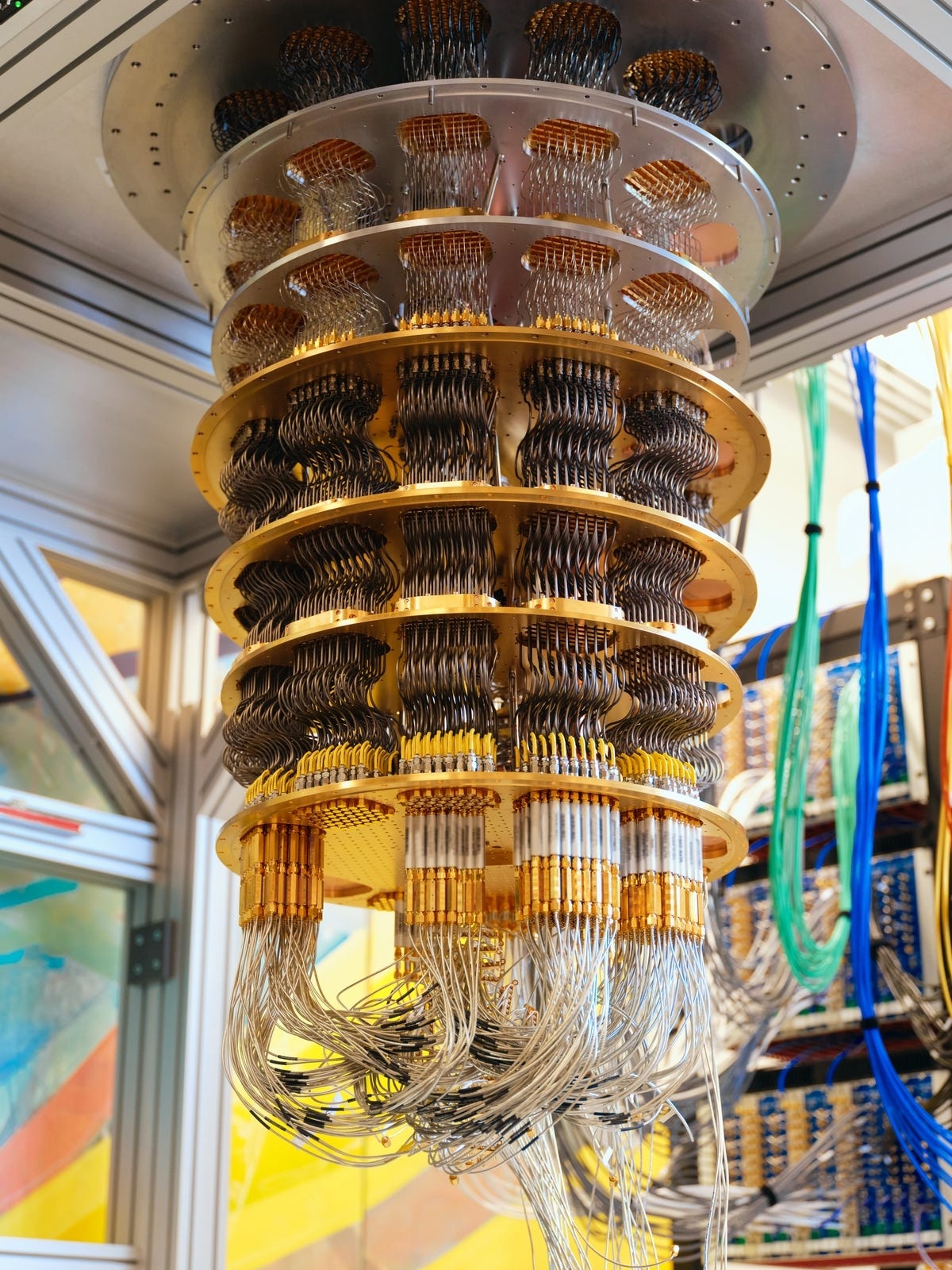Imagine waking up one day to find your bank account frozen, your favorite social media platform banned, or your personal data sold without your consent. Sounds scary, right? This is the reality of centralized systems — where a handful of powerful entities control everything.
Now, picture a world where no single entity has ultimate power over your money, identity, or online presence. This is the promise of decentralization, a core principle of Web3 that is reshaping the digital world as we know it.
At its core, decentralization means distributing control and decision-making away from a single central authority to a network of independent participants. Instead of trusting one organization (like a bank, government, or corporation), decentralization allows us to rely on technology — particularly blockchain — to create transparent, secure, and trustless systems.
Think of it like a spider versus a starfish:
- A spider represents a centralized system — if you cut off its head, it dies.
- A starfish represents a decentralized system — cut off a limb, and it grows back, continuing to thrive.
Decentralization isn’t just a buzzword — it’s a revolution. Here’s why it’s important:
1. Financial Freedom
Traditional financial systems rely on banks and governments, which can restrict access, freeze accounts, or impose high fees. Decentralized finance (DeFi) removes intermediaries, allowing anyone with an internet connection to transact, save, lend, and earn without permission.
🚀 Example: Bitcoin operates without a central bank. No one can freeze or control your Bitcoin wallet — not even the government!
2. Censorship Resistance
Governments and corporations can censor information, ban users, or shut down services. Decentralized platforms ensure that no single entity can silence voices or restrict access.
🌍 Example: Unlike traditional social media, decentralized social networks like Farcaster and Lens Protocol allow users to own their content and identities.
3. Enhanced Security
Centralized databases are a hacker’s paradise — one breach can expose millions of users. Decentralized systems, like blockchains, distribute data across multiple nodes, making hacks much harder.
🔐 Example: Ethereum’s decentralized nature makes it nearly impossible for hackers to alter transactions.
4. True Ownership of Digital Assets
In Web2, you don’t truly own your content, accounts, or digital assets — companies do. Web3 introduces NFTs and decentralized identities, giving users full control.
🎨 Example: If you buy an NFT, you own it completely — no platform can delete or take it away.
5. Transparent and Trustless Systems
With decentralization, trust is placed in code and cryptography instead of corporations. Smart contracts execute transactions automatically without the need for intermediaries.
💡 Example: DAOs (Decentralized Autonomous Organizations) use smart contracts for governance, ensuring all decisions are transparent and community-driven.
Of course, decentralization isn’t perfect. Some key challenges include:
⚠️ Scalability: Decentralized networks can be slower and more expensive than centralized ones.
⚠️ Usability: Many Web3 applications still have a learning curve for beginners.
⚠️ Regulation: Governments are still figuring out how to regulate decentralized systems.
However, innovation is rapidly addressing these challenges, making decentralization more efficient and user-friendly.
We’re still in the early days of the Web3 revolution, but decentralization is already reshaping finance, social media, gaming, and governance. As more people embrace permissionless, transparent, and trustless systems, the future will be one where individuals — not corporations — hold the power.
Decentralization is more than a technology — it’s a movement. It gives power back to the people, ensuring freedom, security, and fairness in the digital age. As Web3 continues to evolve, one thing is clear: the future is decentralized.

 8 months ago
47
8 months ago
47


 English (US) ·
English (US) ·